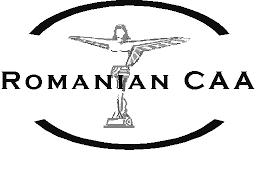Between April 17-19, 2013, the Romanian Civil Aviation Authority (AACR) organized in Bucharest, in cooperation with the European Aviation Safety Agency (EASA) the Conference on the future European requirements in the field of aerodromes.
The main theme of the event was the future rules in the field of aerodrome safety, aimed at certification and supervision of airport activities, with requirements for national aviation authorities, aerodrome operators and aerodrome operations, this being the first important official event after the publication of EASA Opinion 01-2013.
The organization in Romania of this action is an expression of the good collaboration between EASA and AACR, of the appreciation from EASA for the commitment of AACR to maintain the high safety standards of the civil aviation in Romania.
At the opening of the conference were attended by Mr. Cătălin Radu, director of civil aviation within the Ministry of Transport, Mr. Jussi Myllarniemi, Head of the ATM / Airports Department at EASA and AACR management.
The conference benefited from the presence of over 100 participants from 17 states, both EU and non-EU members - representatives of AACR, Romanian airports, national civil aviation authorities and airports in these states, ROMATSA, as well as and of the Romanian civil aeronautical agents.
On this occasion, EASA representatives gave a series of presentations on expanding EASA's competencies on ATM and aerodrome issues, the structure and requirements of the new provisions, facilitating a constructive exchange of views with event participants, focusing on the impact of changes in certification. in the field of aerodromes and on the next steps to be taken by all those involved, in order to ensure compliance with future requirements.
The conclusions of the conference brought to the fore the need for a flexible approach in the process of implementing future rules, as well as the development of an international collaboration between EASA, national aviation authorities and aerodrome operators.
Given the appreciations made by the participants, both during and at the end of the conference, it can be stated that this action was a real success, which contributed to their familiarization with the new requirements in the field of aerodromes.
